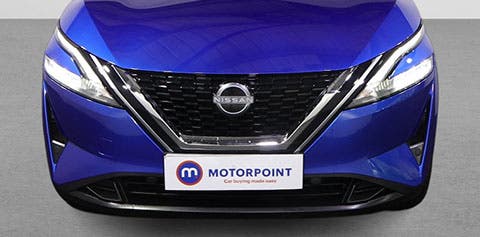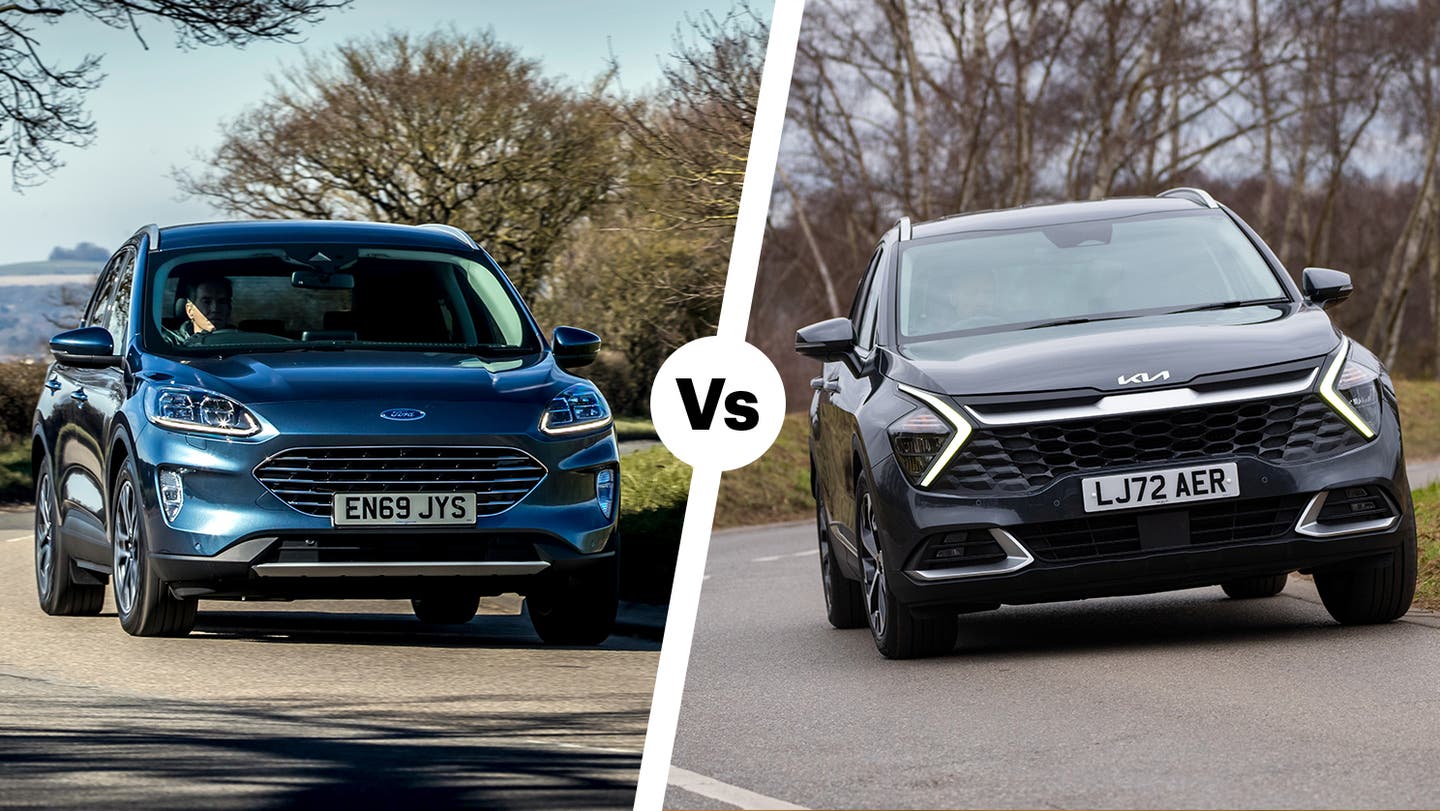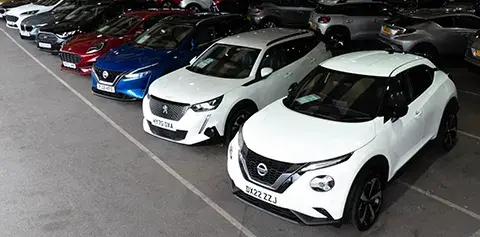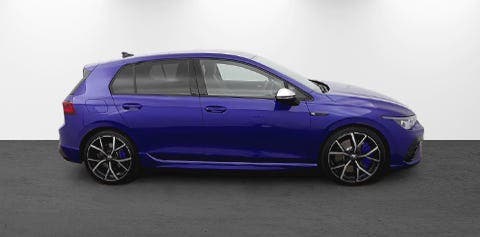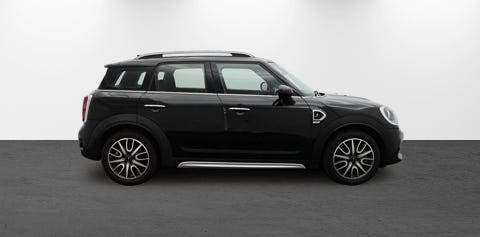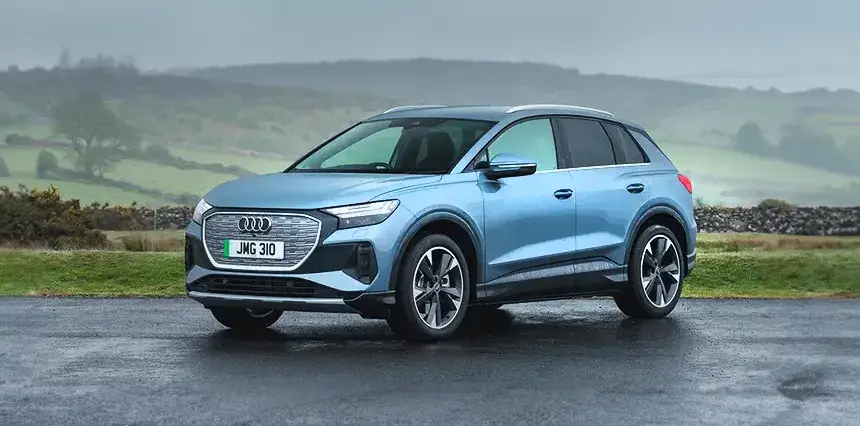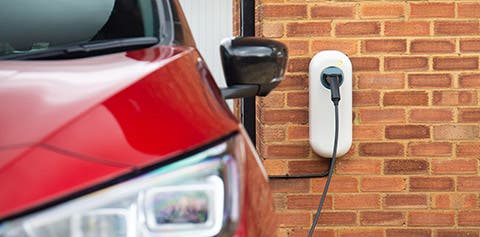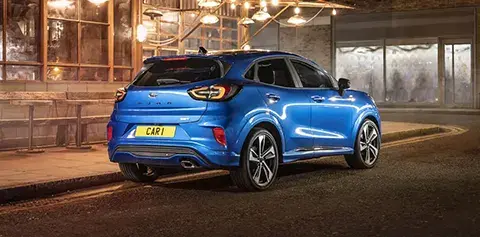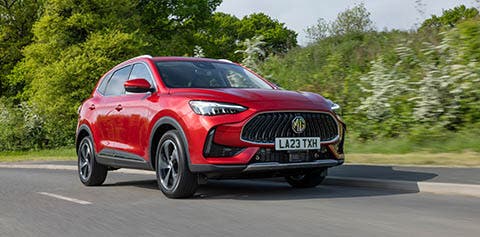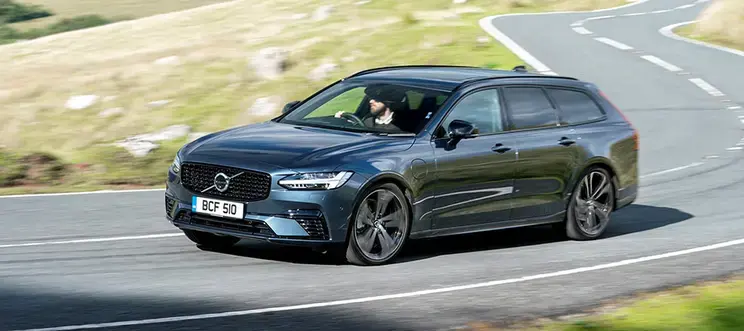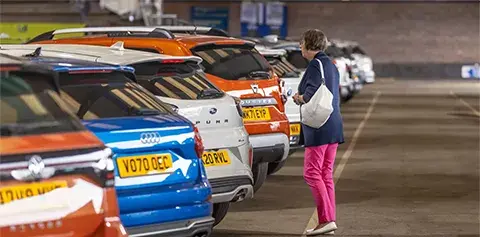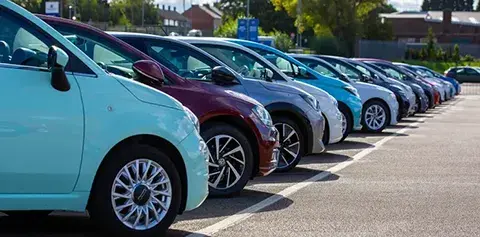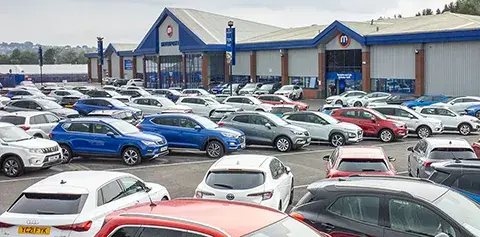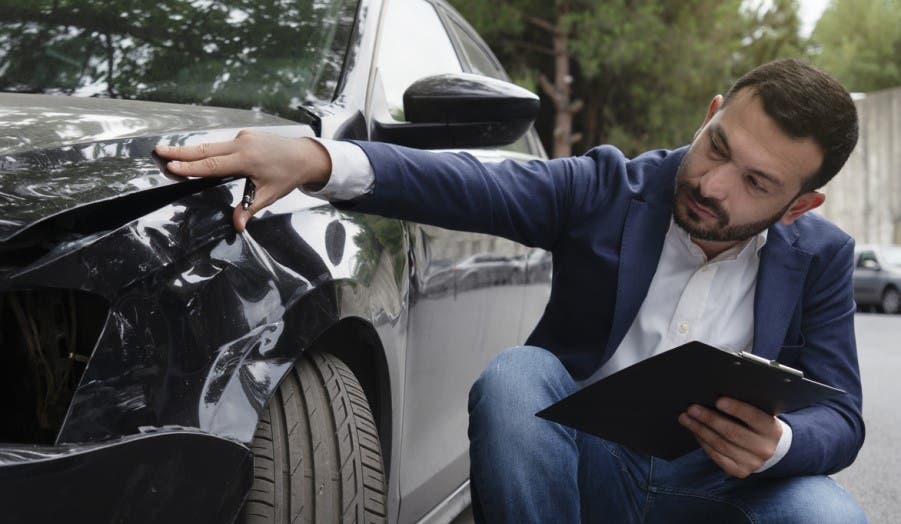Car insurance can be a bit of a maze if you're on the hunt for a great deal – this guide will talk you through the process and give you tips on how to save cash
Even if you’re an experienced driver, it’s important to know the ins and outs of car insurance, especially since it’s quite the financial commitment whichever policy you go for. And, since you need insurance in order to legally drive a car, there’s simply no way around having to pay for it.
So, whether you’re looking to keep the costs down or simply need to get up-to-speed with all-things car insurance, we’ve created this extensive guide to help you out. From the factors that affect the cost to the different types that are available to you, this comprehensive resource covers everything you need to know when it comes to insurance.
How does car insurance work?
Car insurance works by calculating the probability of risk e.g. the risk of being involved in an accident or the risk of theft. The higher risk you are deemed to be in the eyes of the insurance provider, the more expensive your car insurance policy is likely to be.
For example, young drivers are more likely to be involved in an accident than older drivers. So, if you’re a young driver who has recently passed your driving test and have little experience on the road, your car insurance is going to be more expensive than someone who’s been driving for 20 years without being involved in an accident.
However, road experience is not the only factor that’s considered when calculating car insurance, as we’ll look at below:
What affects the cost of car insurance?
Make and model of car
Every make and model of car belongs to one of 50 insurance groups, ranging from No.1 up to No.50, all of which have been determined by the Group Ratings Panel and Thatcham Research.
What this means is that smaller and more modestly-priced cars tend to be in the lower groups and are cheaper to insure than expensive, high-performance cars. Something like a Fiat 500 is going to be cheaper to insure than a top-of-the-range sports car.
Likewise, security features are also a factor, so if your car is fitted with an alarm, tracker or immobiliser, it should be in a lower insurance group as it is considered to be less likely at a risk of theft.
Driver occupation
Your job also plays a part in working out insurance. Some occupations can result in higher car insurance prices due to the associated levels of stress certain professions may create, or because of certain roles that require a lot of time spent driving on roads. These are considered high risk in calculating car insurance, so premiums can be higher.
Here are a few of the roles that could lower your insurance premium:
- Invigilators
- Newspaper delivery drivers
- Curtain makers
- Janitors
Whereas, these roles could see a hike in your insurance:
- Athletes
- Fast food delivery drivers
- Scrap dealers
- Apprentices
Of course, it’s not like you can just change roles for a lower insurance premium. However, it may be possible to slightly tweak your job title to land a better deal. Try the different titles your job role could fall under – for example if you are a music teacher, try:
- Music teacher
- Teacher
- Arts teacher
However, don’t just lie outright, as that is considered fraud and could invalidate your cover completely.
Home address
Postcodes with higher rates of crime, or with a history of accidents will be identified by car insurance providers and perceived to be at a higher risk. Additionally, where you park and keep your car overnight may also influence the cost of car insurance. Parking in a garage or driveway could be deemed safer than on the road, but this isn’t always taken into consideration.
What modifications affect car insurance?
Any modifications done to a car – that is, anything that’s not standard from the factory – can affect the price of your car insurance. The majority of car modifications – such as adding power, fitting spoilers and body kits or changing the colour – will increase your car insurance costs, as insurers think you’re more likely to drive fast or suffer a breakdown if you’re the sort of person who likes to add on or change bits of your car. However, there are some specialist insurance companies who specialise in modified or classic car insurance, and these could be worth checking out if your car isn’t exactly the same as how it left the factory.
There are a few modifications that can actually decrease your policy, though. Fitting a dashcam will usually reduce how much you pay, because the insurance company can view video evidence that clearly confirms what happened and who was at fault in the event of a collision. Adding parking sensors or an alarm to a car that didn’t already have these features may save you money on your premiums, as well.
Car insurance cover types
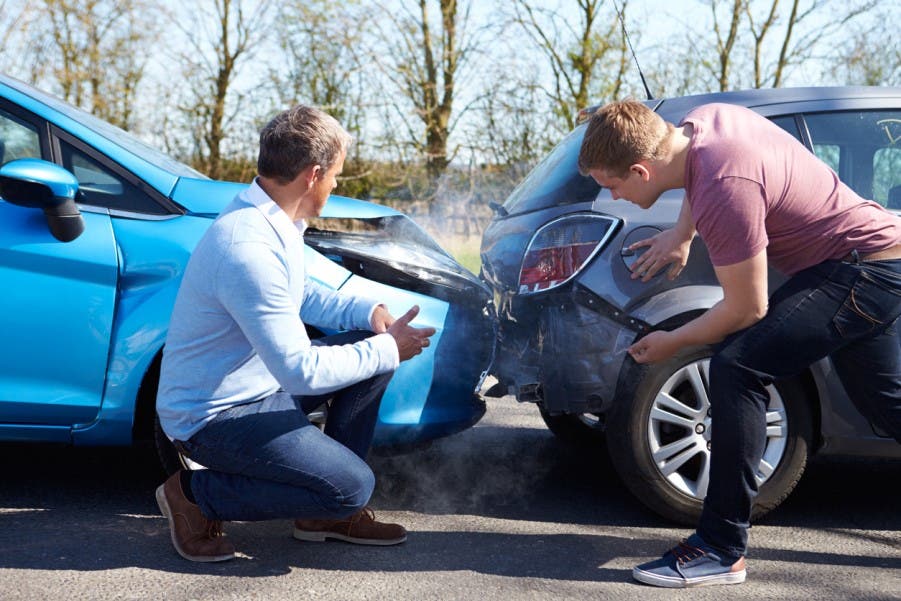
If you’re taking out a policy for the first time, you’ll be presented with the choice of three main types of car insurance:
Third party
The lowest level of cover, third party insurance covers any damage you might cause to another vehicle or property but not to your own vehicle. So, for little prangs, this insurance would cover the cost of repairing any damage to the other driver’s vehicle but not your own.
If anything happens to your car – whether it’s damaged or stolen – this type of cover will not pay out. So, it can leave you out of pocket should anything happen to your prized set of wheels. Furthermore, as the most inexpensive form of cover, you are not insured to drive any other car.
Third party, fire and theft
This type of insurance covers you in the event that your car suffers fire damage or is stolen. It also covers everything included in third party car insurance.
Fully comprehensive
The highest level of cover that offers the most protection, fully comprehensive car insurance covers damage to your vehicle as well as other vehicles, along with cover in the case of fire and theft. Some fully comprehensive car insurance policies might allow you to be insured in a third party capacity while driving another vehicle, as long as you have the owner’s permission.
What is a car insurance excess?
An excess is the amount you pay towards any claim you make on your car insurance policy. For example, a claim worth £500 with an excess of £100 means your provider will pay out £400.
Most car insurers have two types of excess. A compulsory excess, in which they set an amount that can’t be modified, and a voluntary excess, which you set for yourself. The latter excess must be set carefully; if you’re willing to contribute a large amount towards a claim, your insurer will reward you with a lower premium, but this could make claiming on your policy very expensive.
If you’re hunting around for insurance, make sure to take into account the compulsory excess cost, and not just the monthly payments. A policy that has a £300 compulsory excess will cost you a lot more if you have to claim than a policy that costs a few pounds more a month but has no compulsory excess.
It’s worth noting that you can purchase insurance that protects the driver against the cost of the excess. Known as ‘excess protect’, it might be worth asking your broker for a quote as it can be very valuable in the event of a claim for a modest premium.
You only have to pay the excess when you’re making a claim on your insurance for your car, or another driver is claiming on your insurance for their car.
What’s legal cover on car insurance and do I need it?
Legal cover is one of a few add-ons that you can include on your policy. Normally, it costs a little bit extra, although some policies will include it for ‘free’ (you will still be paying for it through your monthly payments).
It covers the cost of any legal fees incurred after a collision where you weren’t at fault. This could be in a claim for personal injury, damages, loss of earnings or some other expenses. While we don’t want to think about some of the consequences of being involved in a serious car collision, motor legal protection can give you some backup. There’ll usually be a limit to the amount you can claim, which’ll be in your terms and conditions.
There’s a risk that your claim could be unsuccessful or deemed not strong enough, in which case you’ll have to pay any legal fees yourself.
We’d advise that, if you can afford it, legal cover on car insurance is worth having. It typically costs under £50 for a year’s cover, which can usually be spread out over your monthly payments, and potentially provides considerable benefit if you have to make a claim.
What is a no-claims bonus?
No claims bonuses are a reward to drivers from insurers for safe, careful driving and for avoiding making any claims on their insurance policy. A no claims bonus reduces the amount of your insurance premium and grows every year, providing the insured driver makes no claims.
The amount varies from lender to lender, but typically you should expect a no claims discount of 30% after one year, growing to as much as 65% for five years of no claims on your policy.
No claims bonuses can be affected by both fault and non-fault claims. Most insurers will only take the last five years of no claims bonus into account when adjusting their premium. However, you can protect your bonus by paying a little extra, which allows you to keep it even in the event of making a claim.
How to reduce the cost of car insurance

In the long term, the best way to keep the cost of your car insurance premium down is to build up your no claims bonus. However, there are a few different ways you can reduce the cost of car insurance, but it’s imperative that any answers and information you give to secure a policy must be accurate. Any false information may invalidate a claim or your insurance policy altogether.
Black box insurance
Brilliant for younger and newly qualified drivers, taking out black box insurance – often called telematics insurance – can help as it rewards safe driving by allowing you to monitor your driving performance and improve it with each journey. Your black box insurer may reward you with a discount on your premium as a result.
Adding additional drivers
Adding another driver to your policy can help lower the cost, too. If another driver uses the car every so often, it lowers the risk of you damaging the vehicle. If you’re a young driver, then this can be of particular use, but make sure you let your insurer know that you’re the main driver of the car when getting your quote. If someone else insures themselves on your car as the main policyholder, and then adds you as a named driver (known as ‘fronting’), then this is illegal.
Choice of car
Opting for a cheaper car that belongs to a lower insurance group, then making it as secure as possible, can also help.
Avoiding points on your licence
Accruing points on your licence means a higher premium, too. The below can all land you with points on your licence and further prosecution if it results in an accident. The good news is they’re also all avoidable:
- Tyres below the minimum legal tread depth
- Incorrectly positioned mirrors
- Speeding
- Using a mobile device without a hands-free kit
- Not stopping for a red light
- Poor vehicle maintenance
- Driving under the influence of alcohol or drugs
- Driving with undue care and attention
Annual mileage
Lowering your annual mileage can also come in handy. If you drive 20,000 miles a year, your insurance premium is likely to be higher than if you clock up 10,000 miles. However, it needs to be roughly realistic, not vastly less than how far you actually expect to drive.
What does car insurance not cover?
Car insurance doesn’t cover every circumstance to do with driving a car on the roads. The following, for instance, are not covered by car insurance and may lead to your policy being invalidated:
Fronting or providing false information
As we explained before, fronting is illegal. Providing your insurance provider with false information could lead to your policy being invalidated.
Track events
While there are specialist insurers who will do so, most standard insurance policies do not cover you or your vehicle if you use it for a track racing event or track days.
Business usage
When applying for insurance, you’ll be asked what activity your vehicle will be used for. A standard policy is designed for social, domestic and pleasure use. Business activity can be seen as higher risk, such as using your car for commercial hire purposes, and you run the risk of invalidating your policy if an insurer finds out you’ve been using your car for other reasons aside from what’s stated in the policy.
What are the most affordable cars to insure?

If you’re looking for your next car or you’re a first-time buyer, then look out for cars that land squarely in the Group 1 and Group 2 insurance categories, as these vehicles will be among the cheapest to insure.
You’re in the right place to find cars with cheap insurance – our up-to-date guide shows you which cars to buy to avoid punchy premiums.
What are the most/least expensive areas to get insured in?
Even if postcodes are just a few miles apart, premium prices can differ significantly from location to location. As we hinted at earlier, where you live affects the price of your car insurance, so when underwriters come to calculate your car insurance, they’ll base things on:
- Population density
- Traffic density
- Crime rates
- Personal injury claims in your area
- Number of claims in your area (including fraudulent claims)
- Number of accidents in your area
- Road systems that pose a higher risk, such as junctions, roundabouts and cycle lanes
We hope this has helped to clear up some of the confusion surrounding car insurance. To take a step closer to your next car, why not browse our latest makes and models?

